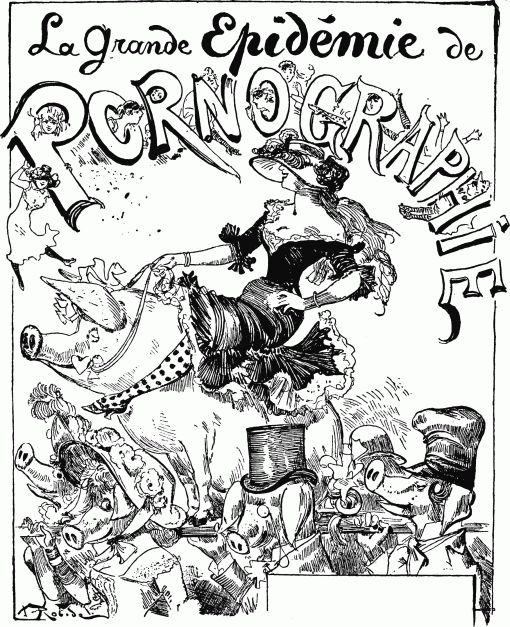
It is quite obvious that when Pornography mixes with modern technology it poses deep problems for law, Lawrence Liang writing at the Kafila Blog on “law, cinema and sleaze” in his post, “watching films blindfolded” described the difficulty of the interpretative technique in rendering decisions on “obscene movies”. Liang, wrote that legal decisions on pornography in movies, suffer from a problem of narrative, where the emotions, the reactions to the actual screening are omitted in the text of the legal decisions. Liang’s post analyzed the case of, Anonymous Unsigned Letter vs The Commissioner of Police which by its very title suggests, that it was on the basis of a tip-off to the Chief Justice of the High Court by an anonymous unsigned letter.
One of the earliest cases in India on the regulation of internet pornography was a PIL (Public Interest Litigation) also on the basis of a letter, this time, complaining about the proliferation of pornographic websites . The Bombay High Court, in 2001 acting on the letter constituted an expert committee to inquire into the matter and tender a report. The report while confirming that a large number of pornographic websites did exist, disapproved of the proposal for site blocking without any objective guidelines. The committee in its report stated, that,
“… site blocking without any objective guidelines would amount to a conferment of uncanalised power. The Internet is a new medium and, while it brings its own set of issue and problems, equally is not necessarily amenable to restrictions applied to earlier technologies and media. Inherent in the new age of the Internet is an expanded freedom, flexibility and malleability. To strike at these is to strike at the very foundation of the medium”
The High Court agreed with the report, and rejected the approach of site blocking through key words (under the proposal websites would be screened by automated software for explicit words based on which they would be deemed pornographic and blocked. The obvious limitation being that such content is used equally for legitimate purposes such as medical problems, works of literature etc. Moreover, software has till now demonstrated a limited understanding of meaning of content through context etc.) Though the decision does not contribute to the substantive law on the subject, I feel it is extremely relevant due to the approach adopted in tackling online pornography. This became evident to Internet users in India towards the end of 2006, when the government attempted to block certain “right wing hindu” blogs hosted on blogger.com and ended up blocking the entire domain!
With the recent amendments to the IT Act (as amended in 2009) and the regulations formed thereunder some sense has come to the law on the subject. Beyond the substantive offenses which are contained in Sections 67 and 67A of the Act, the Regulation on the Blocking of Websites (beware 12 MB PDF embedded in link) provides for an elaborate mechanism for the blocking of websites. It provides for a system of complaint by an aggrieved person, an authority which examines the complaint and the website for the complained illegality, an authority which blocks the website. What is truly laudatory about the regulation is that it provides for a limited incorporation of natural justice (hey its a big start!). There is a requirement for providing of reasons in orders, as to the existence of an illegality in the website leading to its blocking. Moreover, there is also the constitution of a review committee.
Even after the regulation, there are demands to have “blanket ban” on pornographic websites. The Bombay High Court, deciding on one such recent Public Interest Litigation titled as Janhat Manch v. Union of India (PIL №155/2009), categorically rejected the suggestion that the Court should exercise its powers and direct state authorities to actively investigate and block pornographic websites. The court mindful of the competing interests of free speech and “public order and morality” held that :
“courts in such matters, are the guardians of the freedom of free speach, and more so a constitutional court should not embark on an exercise to direct State Authorities to monitor websites. If such an exercise is done, then a party aggrieved depending on the sensibilities of persons whose views may differ on what is morally degrading or purieint will be sitting in judgment, even before the aggrieved person can lead his evidence and a competent court decides the issue. The Legislature having enacted the law, the aggrieved person may file a complaint.”
It appears that even though courts have substituted the interest of promoting electronic commerce with that of online free speech, there is consistency in the approach with regard to giving a high deference to internet content and the dismissal of “blanket bans” and “site blocking”. Such measures are frowned upon, moreover, with the regulations for site blocking in force, it appears that a firm procedure will be followed before banning a website or an entire domain.